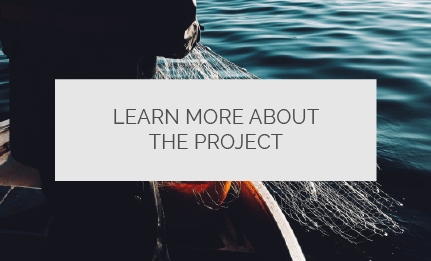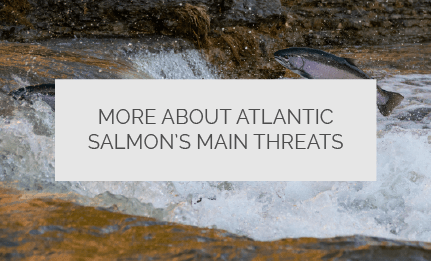
Biology and Ecology
Salmo salar L.

Atlantic salmon (Salmo salar, L.). © Edward Westmacott
Considering the biology and ecology is important to know that the atlantic salmon is an anadromous fish species: during spring-summer, they migrate from the sea to upstream rivers tributaries to spawn. In the Iberian Peninsula, juveniles (parr) remain in a freshwater environment between 1 – 2 years. They live in the middle and upstream stretches of rivers with low depth, high current velocity, well-oxygenated water, and coarse substrate. Afterward, they undergo a physiological and morphological process that will allow the adaptation to the marine environment (smoltification). Smolts start to migrate to sea between April and June. When they reach sexual maturity, they return to their natal rivers to spawn (Homing).
Spawning migration starts in spring with the arrival of the largest salmons, which are usually females. The migration continues during summer until autumn. Spawning occurs from November until the beginning of January and hatching of the eggs can last until March.
After spawning, some of these salmons will die, but others can survive and complete these cycle again. Adult salmons which return to the sea after spawning are called kelts. This species is also known for its high longevity, which may exceed 10 years.
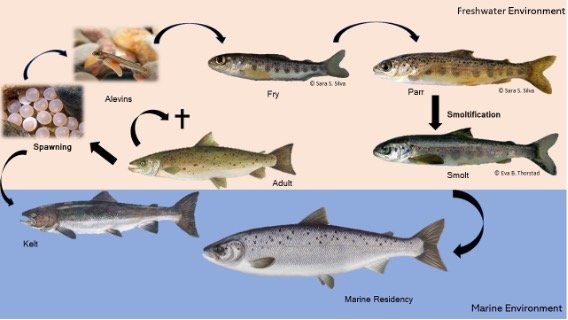
Life cycle of Atlantic salmon.
MORPHOLOGY
Atlantic salmon is a large fish, with a fusiform body, usually growing to 70 – 80 cm, but that can reach a length of 1,5 m and a weight of 45 kg. Between dorsal and caudal fin salmons have an adipose fin while pelvic fins are placed in the abdominal area. Small scales. The upper jaw ends at the level of the posterior edge of the eye.
When they return from the sea, salmons have silver coloring with bluish tones on the dorsal side and with black spots above the lateral line. The ventral region is whitish. Juveniles (parr) coloring are composed by an oval dark spots pattern with a bluish hue arranged in parallel with the lateral line. After metamorphosis, they get a silver coloring.
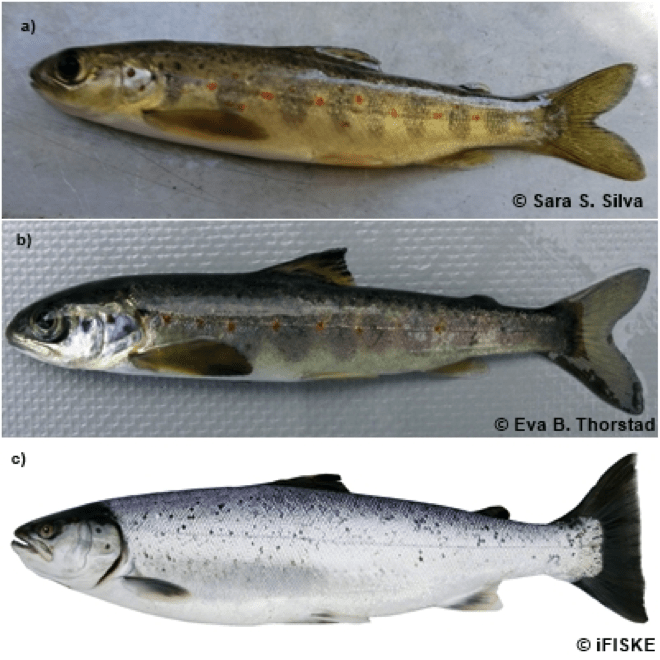
Different stages of life cycle of Atlantic salmon: a) Parr; b) Smolt; c) Adult.
FEEDING
Juveniles living in freshwater feed mainly on aquatic macroinvertebrates; at sea, salmons feed on other fish and krill. During anadromous migration, adults do not feed.
